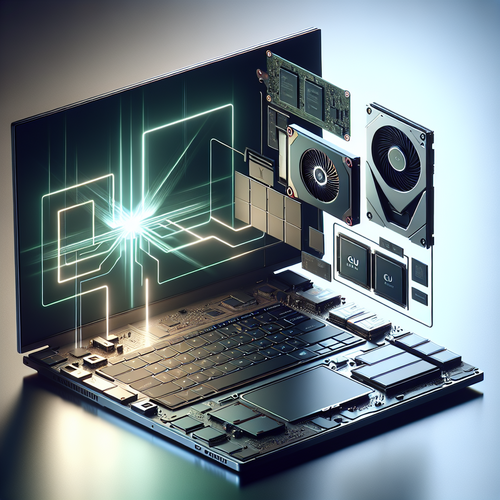
Master Deepfake Detection with AI
Master Deepfake Detection with AI
As deepfake technology becomes more prevalent, distinguishing real from manipulated content is crucial. This guide will explore the use of artificial intelligence (AI) in identifying deepfakes, highlighting tools and techniques to enhance digital security. Whether you’re a tech enthusiast or a cybersecurity expert, understanding these methods is essential to safeguard content authenticity.
Prerequisites
Before diving into deepfake detection, it’s beneficial to have a basic understanding of:
- Artificial Intelligence concepts
- Machine Learning algorithms
- Basic cybersecurity principles
Understanding Deepfake Technology
Deepfakes employ neural networks to create realistic yet false content. By simulating voices or appearances, they pose significant challenges in media authenticity. Recognizing these tools is vital for addressing the issues they cause.
AI Tools for Detecting Deepfakes
Various AI-powered tools are available to identify deepfakes effectively. One such tool is the AI-based methodology described here, designed to improve systems in areas such as code generation.
- Microsoft Video Authenticator: This tool analyzes photos and videos, providing a percentage chance of manipulation.
- Truepic Vision: A platform offering thorough media inspection, leveraging AI to detect alterations.
Implementing AI for Detection
Effective deployment of AI for deepfake detection involves training machine learning models on large datasets of fake and real content. Techniques like supervised learning, neural networks, and anomaly detection are essential.
Example Model
from keras.models import Sequential
model = Sequential()
# Add layers for deepfake detection...
Troubleshooting Common Challenges
When implementing deepfake detection systems, consider these challenges:
- Dataset Bias: Ensure diverse data representation to avoid bias.
- Performance Scalability: Optimize algorithms to handle large-scale data processing efficiently.
Summary Checklist
To wrap up, employ AI tools like Microsoft Video Authenticator and Truepic Vision for accurate deepfake detection. Regularly update your systems with the latest machine learning models and expand your datasets to include varied content.
By mastering these elements, you’ll secure content authenticity more effectively in the digital era.














